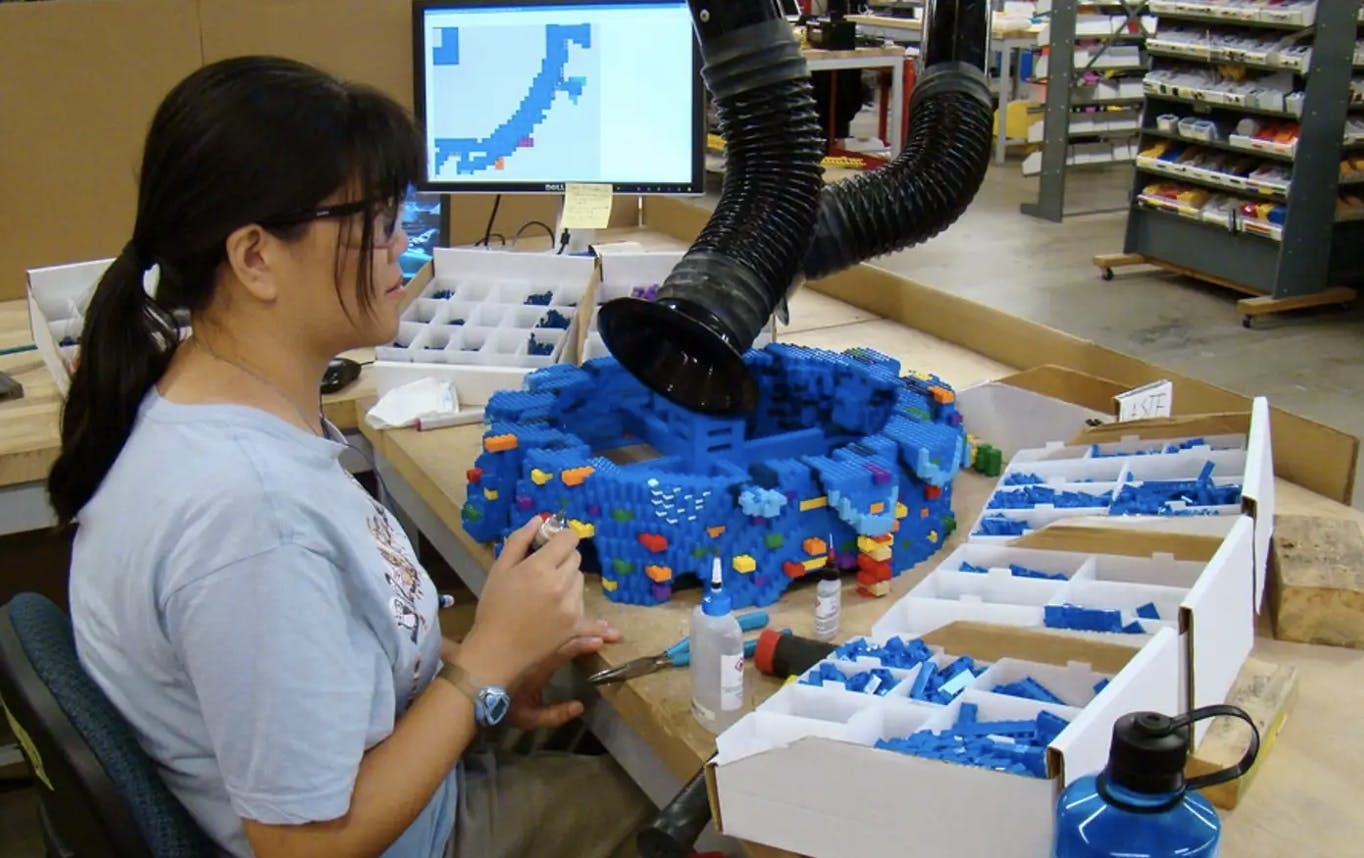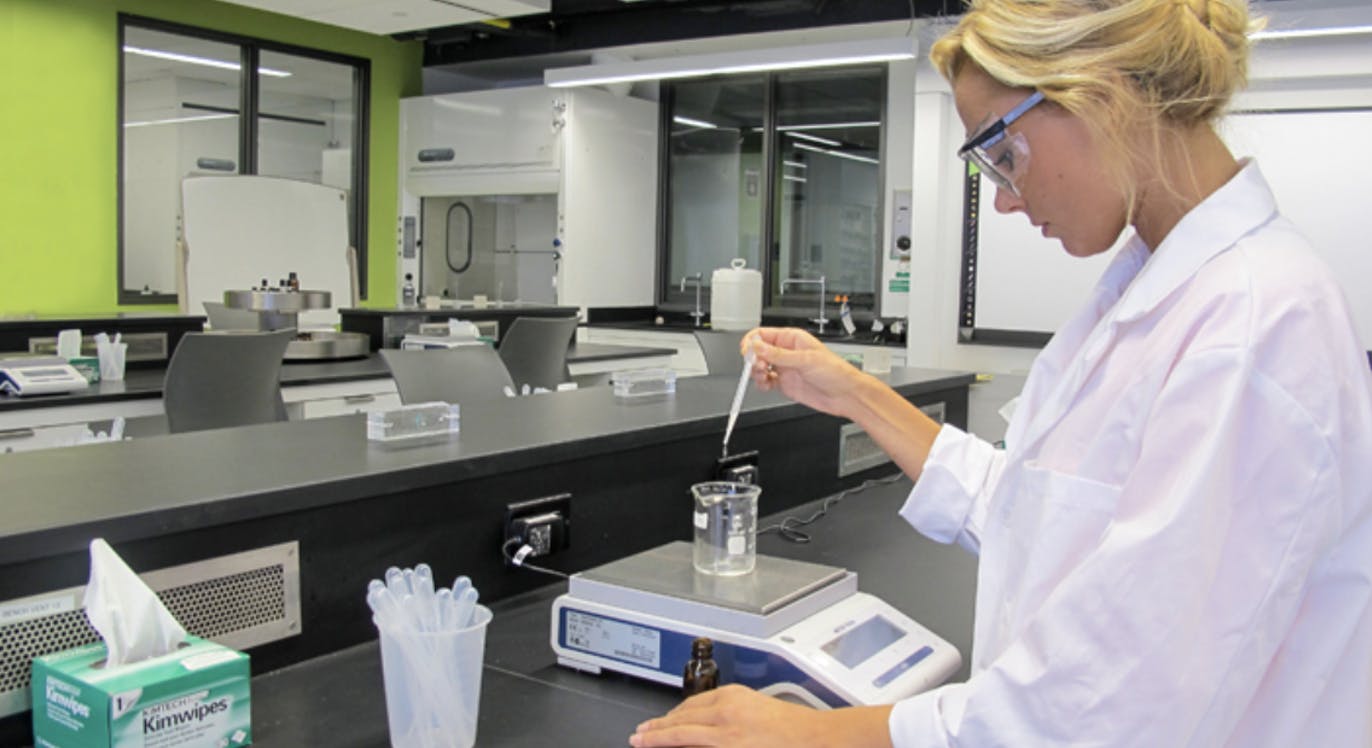TL;DR Science: Cool and Unusual STEM Careers
By Erin Kang
July 21, 2021 · 4 minute read
Wherever the phrase “STEM careers” is mentioned, I'm sure the words “doctor”, “engineer”, or “computer scientist” are bound to pop up. However, the world of STEM encapsulates much more than just the typical careers we are so familiar with. In this week’s article, we’ll give a sneak peek into some of the most fascinating STEM occupations.
1. Snake Milkers
We’ll start off strong with snake milkers. Yes, you read that right. Now what exactly does a snake milker do? Snake milkers take on the dangerous job of extracting the venom from venomous snakes. This includes rattlesnakes and pythons which also happen to be labeled as some of the deadliest reptiles to humans.
Why Withdraw Venom from Snakes?
Snake venom has several major biomedical uses. The first being the venom is used to create an anti-venom. If a person has been bitten by a snake, it is imperative that the person is taken to a hospital and given the anti-venom. Furthermore, biomedical research has shown that certain proteins in the snake venom have anticoagulant properties, meaning these proteins, when modified, could prevent blood clots from forming and causing a heart attack or stroke.
Job Outline
Snake milkers have a hard science background and require degrees in biology or herpetology. Not to mention the extensive training needed to learn how to properly handle the snakes without harming them. Although the salary varies, snake milkers usually earn an average salary of $30,000.
The video below shows a snake milker extracting venom from a 14 ft long King Cobra.
https://www.youtube.com/watch?v=OMBaajbrM-M&ab_channel=KYAfield
2. Lego Designer
If you were a LEGO fanatic, this is the job for you. LEGO designers, much like the name suggests, combine their creative skills and STEM background to create the Legos we all know and love. LEGO designers are often seen assembling the next unique model from scratch, working digital designers, and calculating LEGO plates mixed with various patterns.
Job Outline
Although LEGO designers come from various different backgrounds, it is recommended that you receive a bachelor’s degree in a relevant field such as mechanical engineering. However, people receive degrees in everything from 3D Art to architecture. LEGO designers earn around $50,000 per year.

Image Credit: Andy Orin via Lifehacker
3. Rollercoaster Engineer
Rollercoaster engineers are an essential part of assembling the thrilling attractions people rush to ride at amusement parks. They are involved in everything from the type of rollercoaster and track placement to the controls system. Rollercoaster engineers must ensure that the rides are safe and are required to test run the track countless times.
Job Outline
In order to become a rollercoaster engineer, a bachelor’s degree in either mechanical, structural, or mechanical engineering is needed. New engineers must pass an entry-level license test that permits them to work under an experienced engineer. Once ample time and experience has been gathered, a final license test is all that is left. Rollercoaster engineers earn an average of $84,000 in the US.
The video below illustrates the life of one particular rollercoaster engineer, Donnelly Williams.
https://www.youtube.com/watch?v=0gnjYG1OoYk&ab_channel=TrueCalling
If you find the prospect of being a rollercoaster engineer interesting, check out this rollercoaster design simulator.
4. Fragrance Chemist
Finding the perfect scent is difficult, but that’s exactly what fragrance chemists set out to do. Fragrance chemists will receive a brief from a company that details their vision of the perfume. This will typically include who the company wants the perfume to appeal to, whether the perfume should be “fruity”, “flowery”, or “elegant”, and what color/form the fragrance should take on.
The analytical chemists use a technique called gas chromatography mass spectrometry to analyze individual chemical substances and molecules. The branch of fragrance chemists also houses synthetic chemists. These chemists produce fragrance ingredients at a low cost, making the industry more cost-efficient. Essentially, synthetic chemists imitate a certain fragrance through chemical reactions.
Job Outline
To become a fragrance chemist, a bachelor’s degree in chemistry or chemical engineering is required. Fragrance chemists must have a strong background in math, physics, and biology as well. Some fragrance chemists also pursue a master’s degree in chemistry or a specialized field in chemistry to further advance up the ladder. The average salary is around $68,000 a year.

Image Credit: Leslie Blodgett via FITNYC
TL;DR
The careers in the world of STEM are endless and diverse. You could fulfill your childhood dream of creating Legos or spend your days designing insane rollercoasters at Universal. Whatever the case may be, there is certainly something for everyone.
Sources:
https://www.careerexplorer.com/careers/snake-milker/
https://www.sciencedirect.com/science/article/pii/S2589909020300435
https://neurosciencenews.com/snake-venom-amyloid-alzheimers-3777/
https://www.environmentalscience.org/career/snake-milker
https://lifehacker.com/career-spotlight-what-i-do-as-a-lego-model-designer-1686123935
https://pubs.acs.org/doi/10.1021/ed2004033
https://science.howstuffworks.com/perfume3.htm
https://twigeducation.com/blog/10-exciting-stem-careers-for-2020/
https://study.com/articles/Roller_Coaster_Engineer_Job_Description_and_Education_Requirements.html
Did you enjoy this article?
About The Author
Erin Kang is a senior at James S. Rickards High School and is a part of the Sciteens team. Her hobbies include baking, listening to music, and playing the violin. If you have any questions or future article recommendations, feel free to contact her at erin@sciteens.org.